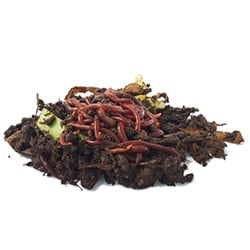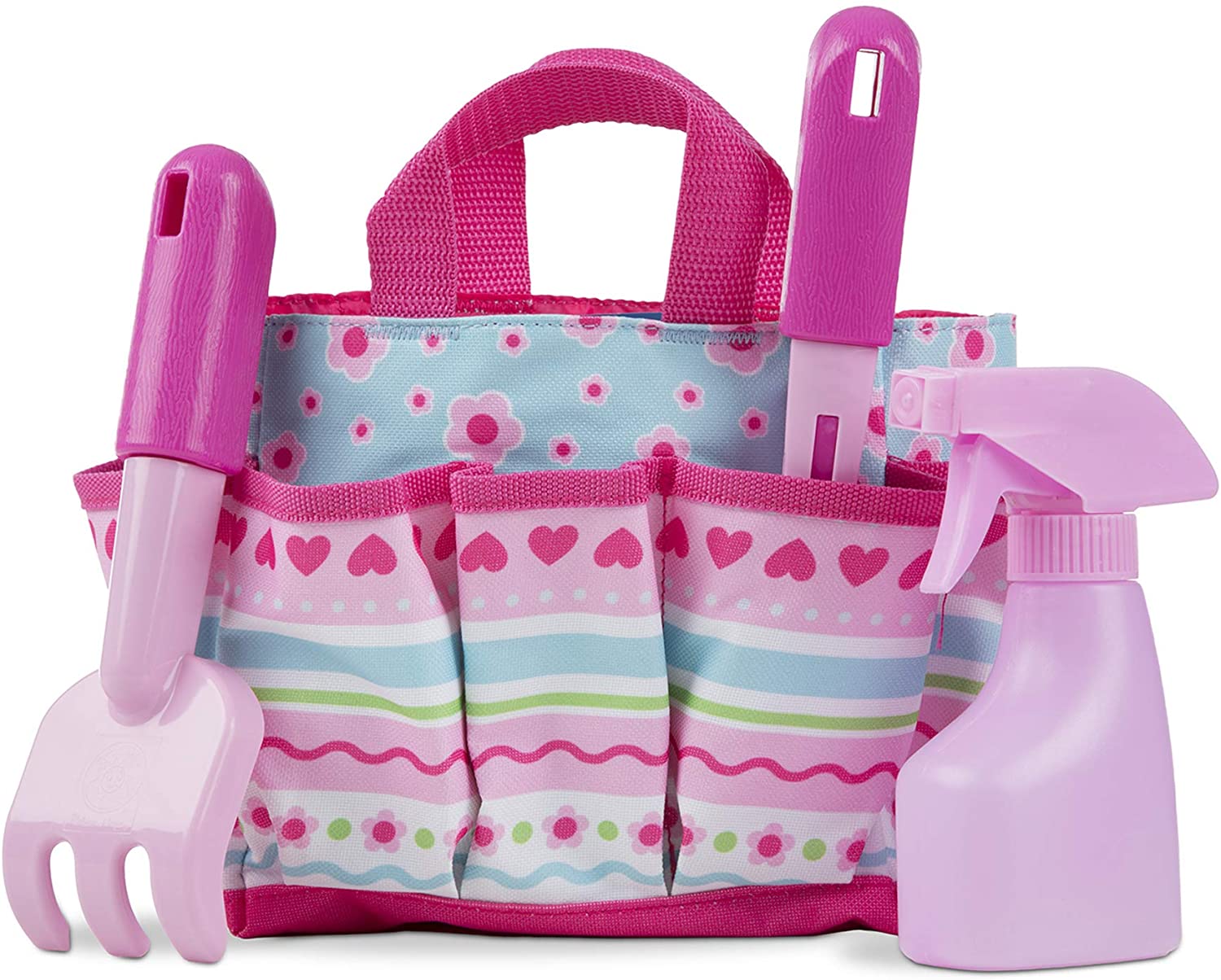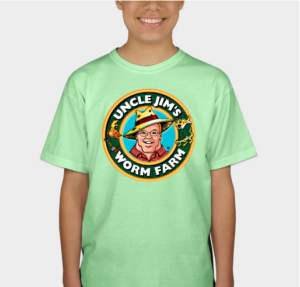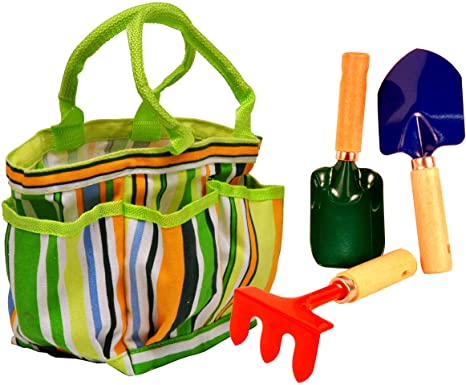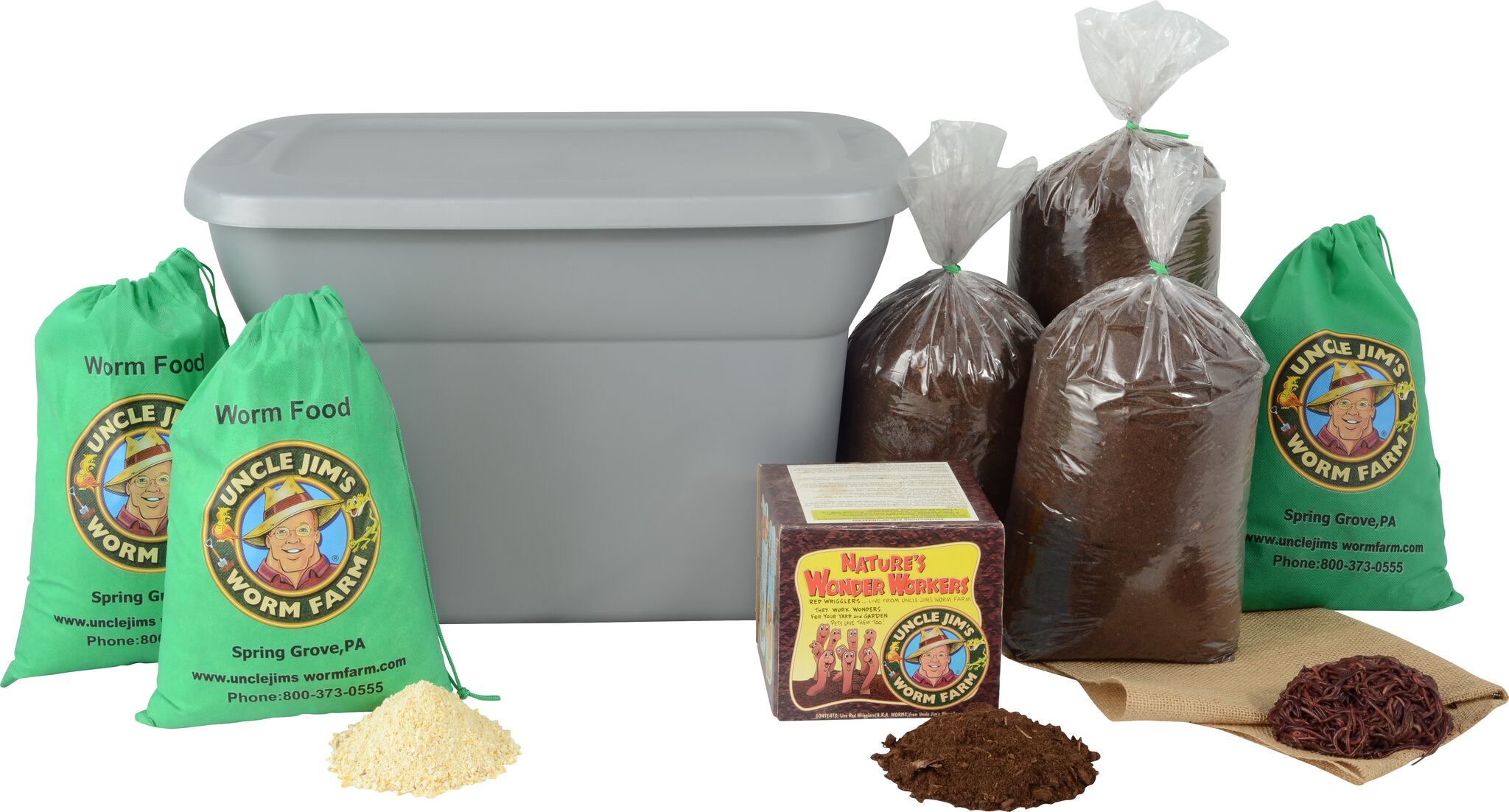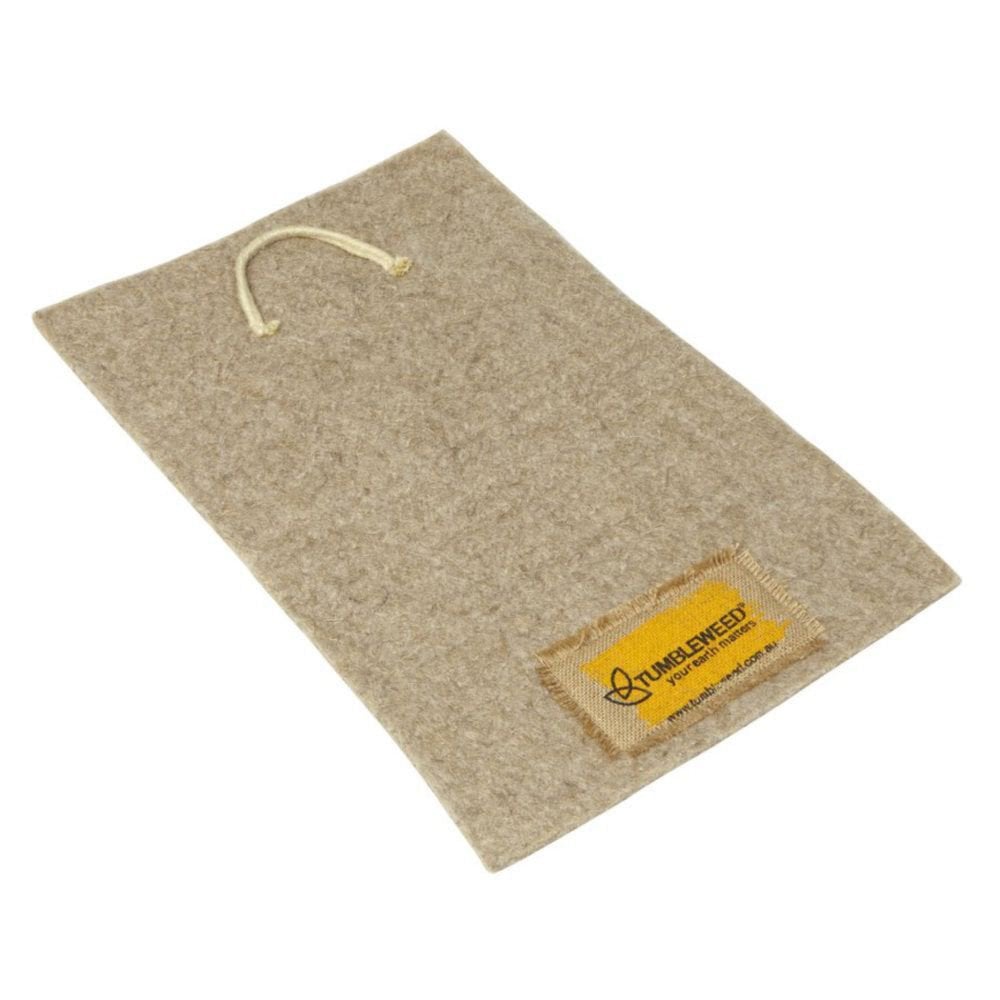Description
Do you have or know a child that has an interest in worms or gardening?! Then we have the perfect kit for you! Taking care of your own compost system is very easy to do, so much so that even your kids can have a part in it. And better yet, have one of their VERY own! Let’s face it, kids love to get dirty, and most of them seem to have an inherent fascination for creepy, crawly things such as worms. So why not let your kids have and enjoy their own Uncle Jim’s made vermicomposting system as well?
Five Ways Kids Learn from Composting with Worms
Children and composting worms are a perfect match. Vermicomposting is both fun and educational. Uncle Jim’s Worm Farm is proud to announce its new Children’s Vermicomposting Kit. Made for small hands, this starter kit comes with 100 composting worms and a 2-gallon bin, plus accessories and a book. Already have a vermicomposting bin? Let them help, or get them their own Children’s Vermicomposting Kit. Having their own worms, bin, gardening tools, starter bedding, and instructions helps them take ownership of the project. Here are five ways kids absorb lessons when they compost with worms.
Hands-On Learning
You do not have to give a lengthy vermicomposting lecture. Kids learn a lot from doing. When setting up a bin, read through the instructions with them. Depending on their maturity, they might be able to set up the worm bin with a little guidance from you. Younger children will need more help.
Talk about who is responsible for feeding the worms. What could happen if they are not fed properly? Why do you have to bury the food?
As kids add food scraps to a worm bin, they learn that kitchen waste is food for the worms. When they help spread compost in the garden or mix it into soil for containers, they learn that the compost helps the soil. Help them make compost tea and spray it in the garden. They will learn new ways of nourishing the plants.
Respect for Living Things
While kids might see puppies or kittens as cute, they are less likely to find worms attractive. Some will take to the “gross” worms immediately. But some children may be afraid the first time they hold a worm.
But through this real-life experience, they come to understand that the worm will not hurt them–and they should not hurt the worm. Show your children how to handle the worms gently. They will begin to learn respect for other living creatures.
Biological Processes
For young children, the lesson may be as simple as understanding the concept of eating. Humans and worms both need to eat food.
Older kids are fascinated to learn that the way worms eat is very different from the way we eat. Worms have mouths, but they have no teeth. They rely on microorganisms in the soil to soften the food before they eat it. Then the worms’ muscular gizzards grind the food with sand or other particles that they also ingested.
Move on to the excretion of waste products, which are also known as worm castings or poop. Poop! Now you have their attention! Help them identify the worm castings. The dark “dirt” that look similar to coffee grounds contain valuable nutrients and soil-friendly bacteria.
Habitat and the Larger Environment
A camel cannot live in the ocean. A whale cannot live in the desert.
Worms have their own ideal habitat. The worm bin is a re-creation of their natural habitat. The difference is that they cannot escape. Also, they are dependent on us for their well-being. Help your children understand why the worms’ habitat needs the right moisture, drainage, temperature, and food.
You can work in lessons about the larger environment, too. Instead of sending our food scraps to a landfill, we use them for compost. The worms eat those peels and cores. They produce great compost for our garden. We grow plants that feed us. We cannot eat peels and cores, but we can give them to worms. The cycle of life repeats.
Worm Composting Activities for Kids – Try these mini experiments to get your children hooked on worm composting
- Identify an adult worm, a baby worm, and an egg.
- Do a “what do red worms like to eat more?” experiment. Place two foods in the bin and see what they eat first.
- Conduct a worm head count or worm census. Pull out ¼ of the bedding in your vermiculture bin and count each earthworm that you find. Then multiply by four to estimate how many worms you have total. Do this a couple times a year to see how the population changes.
- Worm Stats! Measure the length and weight of one worm
- Time them to see how fast they eat. Add some type of veggie food waste and then see how long it takes your worms to consume it. Do this experiment again after your worm population changes.
- Use the worm compost (worm poop!) to grow some vegetables in a garden. Use vermicompost on some plants and none on others to see the difference it makes.
All Kits include.
- 100 Red Composting Worms
- Starter Bedding
- 3 Month Feed supply (for 100 worms)
- Colorful 12.2 x 7.8 x 5.1 , 2 gallon bin with lid
- Piece of Moisture Retaining Burlap
- Uncle Jim’s Logo Sticker
- Gardening bag with accessories (spray bottle is great for keeping the bin moist!)
- Kids fun Vermicomposting Book!
- Detailed Instructions
- Free shipping! * Cannot ship to HI, PR or AK. If you would like us to attempt to ship to one of these locations please call us BEFORE placing an order to get a shipping quote. If an order is placed to ship to one of these three locations, the order will be cancelled.






